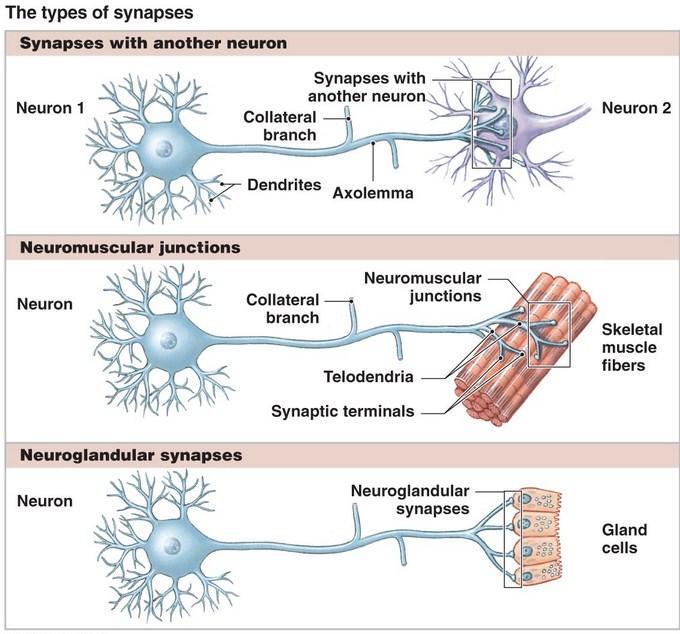
- Sympathetic ganglia numbered from 1st thoracic (T1) to 2nd lumbar (L2), may be L3, are connected to the corresponding spinal nerve with the help of white rami (preganglionic) and gray rami (postganglionic). It is not difficult to understand that as white rami enter the ganglia, they are considered as roots of sympathetic ganglia. Whereas, gray rami, as come out of the ganglia are known as branches of ganglia. As discussed earlier, these are lateral branches of sympathetic ganglia, which are distributed through spinal nerve to,
- Sweat glands
- Arrectores pili muscles of skin
- Smooth muscles of wall of blood vessels.
- It has already been clarified that, medial branches of sympathetic ganglia are preganglionic. They reach to the centrally situated, more proximal arteries of body, where they form autonomic ganglia named as per the name of the arteries. Postganglionic fibers are distributed to:
- Smooth muscles of the wall of viscera including heart.
- Smooth muscles of wall of visceral blood vessels. These medial branches are known as splanchnic branches.
- Some of the preganglionic fibers, after reaching the corresponding sympathetic ganglia, may not come out either as lateral branches or medial branches. These fibers, either ascend or descend, to reach one or two ganglia above or below, where they relay to pass as postganglionic branches of that ganglia. These fibers of sympathetic ganglia, ascending or descending for one or two ganglia level up or down, explain the formation of sympathetic chain or sympathetic trunk. Outflow above T1 and below L2 ganglia: As the center for sympathetic system extends from T1 to L2 segments of spinal cord, outflow from T1 to L2 ganglia corresponds to the sympathetic connector neurons of respective segments of spinal cord.
- Above T1 segment, there are 8 cervical segments of spinal cord which give out 8 pair of cervical spinal nerve. These segments do not possess intermediolateral gray column, so also sympathetic centers. But 8 cervical sympathetic ganglia are represented as 3, namely superior, middle and inferior, which correspond to upper four (C1 to C4), middle two (C5, C6) and lower two (C7, C8) ganglia respectively. These cervical sympathetic ganglia receive preganglionic fibers from intermediolateral cell group of T1 segment. Postganglionic fibers are distributed as lateral and medial branches as follows:
Lateral branches from
- Superior cervical ganglion: As gray rami to upper four, i.e. C1–C4 nerves.
- Middle cervical ganglion: As gray rami to C5 and C6 nerve.
- Inferior cervical ganglion: As gray rami to C7 and C8 nerves.
- Medial branches from all the three ganglia are postganglionic to pass to the viscera of neck and thorax.
- Below L2 segment, there is no sympathetic center. But there are still sympathetic ganglia corresponding to lower lumbar (L3–L5) sacral (S1–S5) and one coccygeal nerve. These ganglia receive preganglionic fiber from connector neurons of lower thoracic (T11 and T12) and upper lumbar (L1 and L2) sympathetic centers of spinal cord. Postganglionic fibers pass from each of these ganglion to come out as following branches.
Source: Easy and Interesting Approach to Human Neuroanatomy (Clinically Oriented) (2014)